How Technology Can Help Enhance Driver Experience on Transportation Fleets
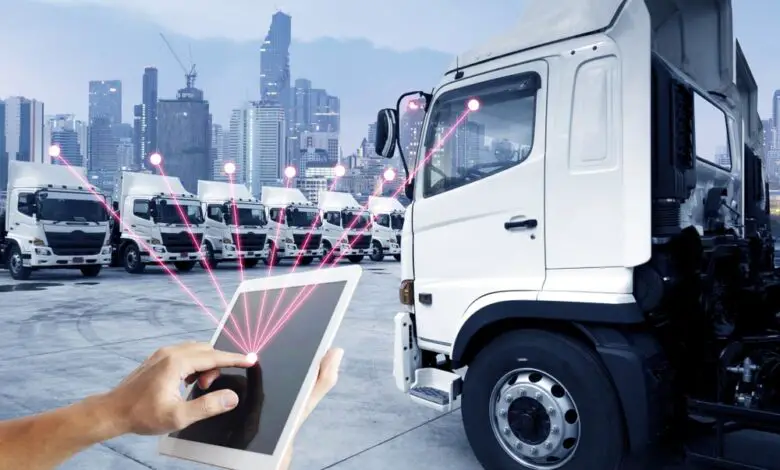
We live in a world where products are imported and exported from one place to another. However, we are also painfully aware of the fact that the U.S. doesn’t have many truck drivers anymore – and one of the reasons behind this is that general driving experience is so poor. The trucks are difficult to handle, and the drivers feel like it is not worth putting their life at risk for a simple job.
That being said, technology is making a move – and it is reaching transportation fleets as well. The right changes can play a crucial role in the quality of their driving, their lifestyle, and the overall productivity of their operations. This article should tell you exactly how that might happen.
1. Right Hardware Can Improve Matters
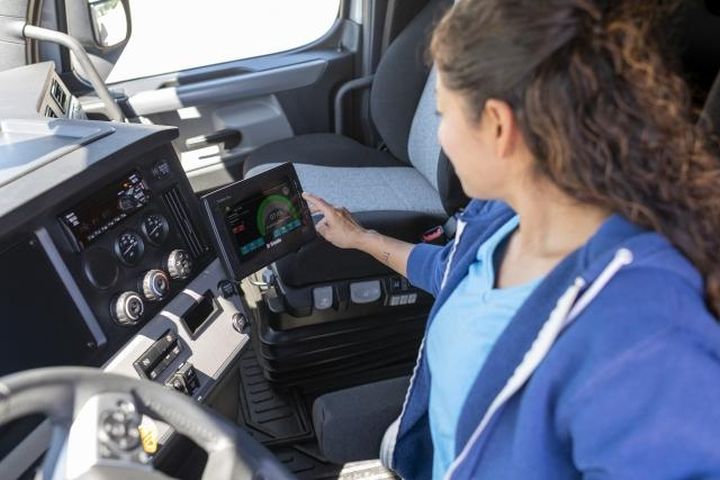
A driver on a transportation fleet will have countless pieces of hardware in their cabin. However, very few of them have the equipment that can make matters easier for them. And those who do have the equipment will likely own outdated devices or tools that can’t do a proper job.
For instance, truck drivers may need to go outside the cabin in order to grab an electronic signature or do an electronic truck inspection report. Most trucks have a fixed-mount display where they put down that data. However, a portable tablet may be able to solve this problem more efficiently. It will prevent the driver from continuously going in and out of the cabin, therefore saving time.
Similarly, a driver may be delegating for someone in extreme weather conditions. Ruggedized devices have been made nowadays to help them pass through these industry rigors. This can apply both inside of the fleet and outside of it.
2. Training for Success
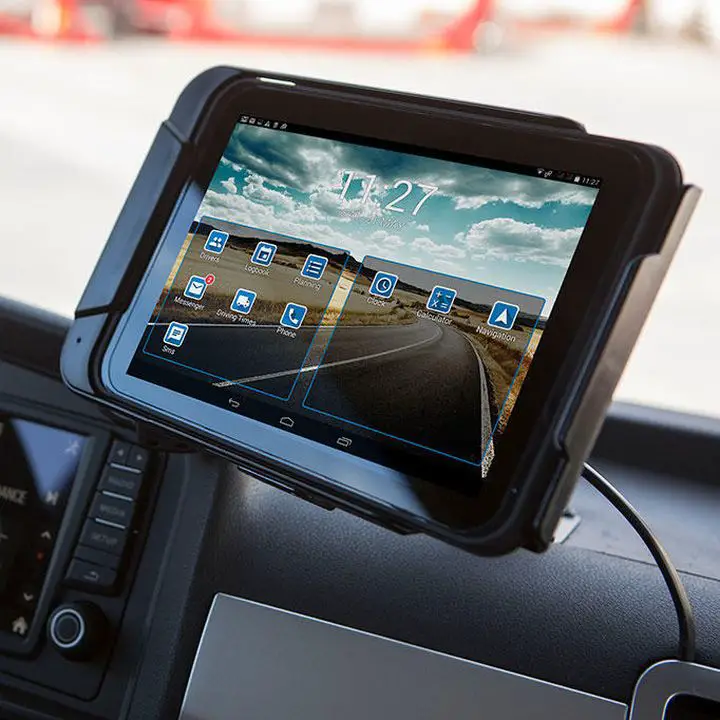
Regardless of the technology that is being used, it’s only useful if you actually know how to use it. The same thing applies to technological solutions from within the cabin of the transportation fleet. Drivers have to become fully comfortable with these solutions so that they can successfully use them while they are on the road.
One of these training tools can be on-site training, where drivers may join beta testers at a pilot terminal, coming in with new solutions as to how they can improve the system. Virtual reality can also be just as useful, as it gives an actual feel of the situation and improves the driver’s experience even more.
Developing a resource library can also help enhance driving technology. Nowadays, all that is needed is a good device for storing the information, and perhaps a good roaming Internet connection. A device with voice search can help drivers find information on the go, without requiring them to take their hands off the wheels.
3. Optimized Operating Systems
The hardware of your fleet is important, but so is the software. Consumer-grade devices are becoming more and more common in the trucking industry, and an operating system such as Android is very common.
More and more transportation fleets are using road-centric apps made for trucks, such as a mapping system, or a third-party app to improve the workflow. Depending on the company that it is working for, a transportation fleet may use a trucking app with its business specifically in mind.
Over the last few years, more and more people in the trucking industry have been using handheld devices. As a result, many trucking-related applications have emerged on the market. Now, truck drivers can take advantage of applications that tell them the price of fuel, the weather conditions, the traffic conditions and so on.
By giving truckers easier access to information, these applications ensure the safety of the drivers and the fleet, and guarantee quality business operations. Some of the most popular trucking apps include GasBuddy and Trucker Path, but there are many others, and more are bound to appear over time.
4. Extra Safety Aspects
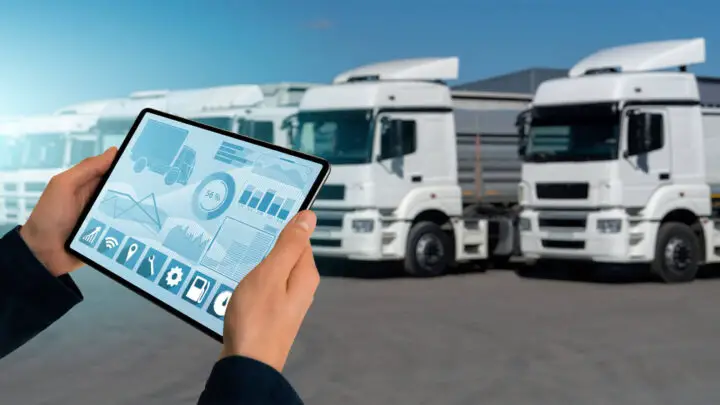
Aside from the basics of fleet management, certain technological extras might make the driving experience easier. In Dallas, for instance, a spike in truck accidents began causing concern among drivers going through the area.
Back in 2020 alone, 4,965 individuals died in large truck accidents, and many of them were people who were driving other vehicles near the trucks. But truck drivers themselves can get injured in these crashes, which can be terrifying. Anyone who is ever injured in a truck accident should know that this page has more information on what to do following such an incident.
The safest route would be to avoid accidents, as it can save you a lot of stress and money. For this reason, many Dallas truck accident attorneys recommend that drivers install extras such as an in-dash camera, to help liability protection in case there weren’t any eye witnesses in the area. This will also help you get a faster settlement, as it counts as solid proof.
Other additional solutions include in-cab navigation, which can lead fleet drivers to their destination and improve driver experience. Most of these platforms will also offer information about the road, preventing you from being stuck in traffic. This can be a great asset in case there is a traffic jam or an accident down the road.
Drivers can also benefit from GPS tracking that ensures they are responsible on the road.
Many drivers may have bad driving behavior, but the new GPS tracking technology can help assess the history of the truck. As the truck drivers are aware that they are being monitored, they will drive responsibly, which decreases the risk of accidents.
What is even better is that GPS tracking can help in case the vehicle is stolen. Through GPS, it will be easier to locate the truck and the other equipment that may have been stolen. This helps improve the fleet’s security and maintain it.
Efficient Fuel Management with Technology
Fuel management stands as a cornerstone for transportation fleets, necessitating innovative solutions to mitigate costs and environmental impacts. Technology serves as a catalyst in this domain, streamlining fuel management and fostering sustainability.
A fuel card, such as bp fuel card, endowed with cutting-edge tracking and reporting functionalities, empower fleet managers to scrutinize fuel consumption and expenses meticulously. They serve as a real-time monitoring tool, providing insightful data on fuel efficiency. These insights are instrumental in pinpointing areas warranting enhancement and strategizing improvements.
Marrying fuel card technology with GPS and route optimization software creates avenues for devising fuel-efficient routes. This synergy not only curtails fuel expenditure but also minimizes unnecessary fuel combustion, contributing to environmental conservation.
Companion mobile apps for fuel cards are a boon for drivers, guiding them to proximate fuel stations offering competitive prices. This convenience eliminates unwarranted detours, optimizing time and fuel consumption.
The Bottom Line
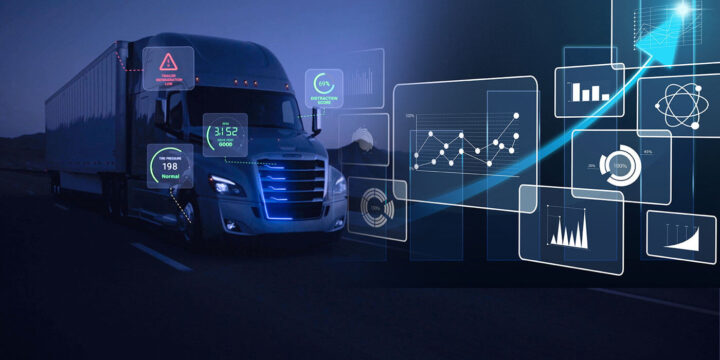
Technology is becoming more and more of an asset these days, and every industry, regardless of its nature, may be able to benefit from it. In the case of transportation fleets, technology may not only increase security but can also streamline the driving itself. This will make it easier for the driver to reach their destination without any delays.
